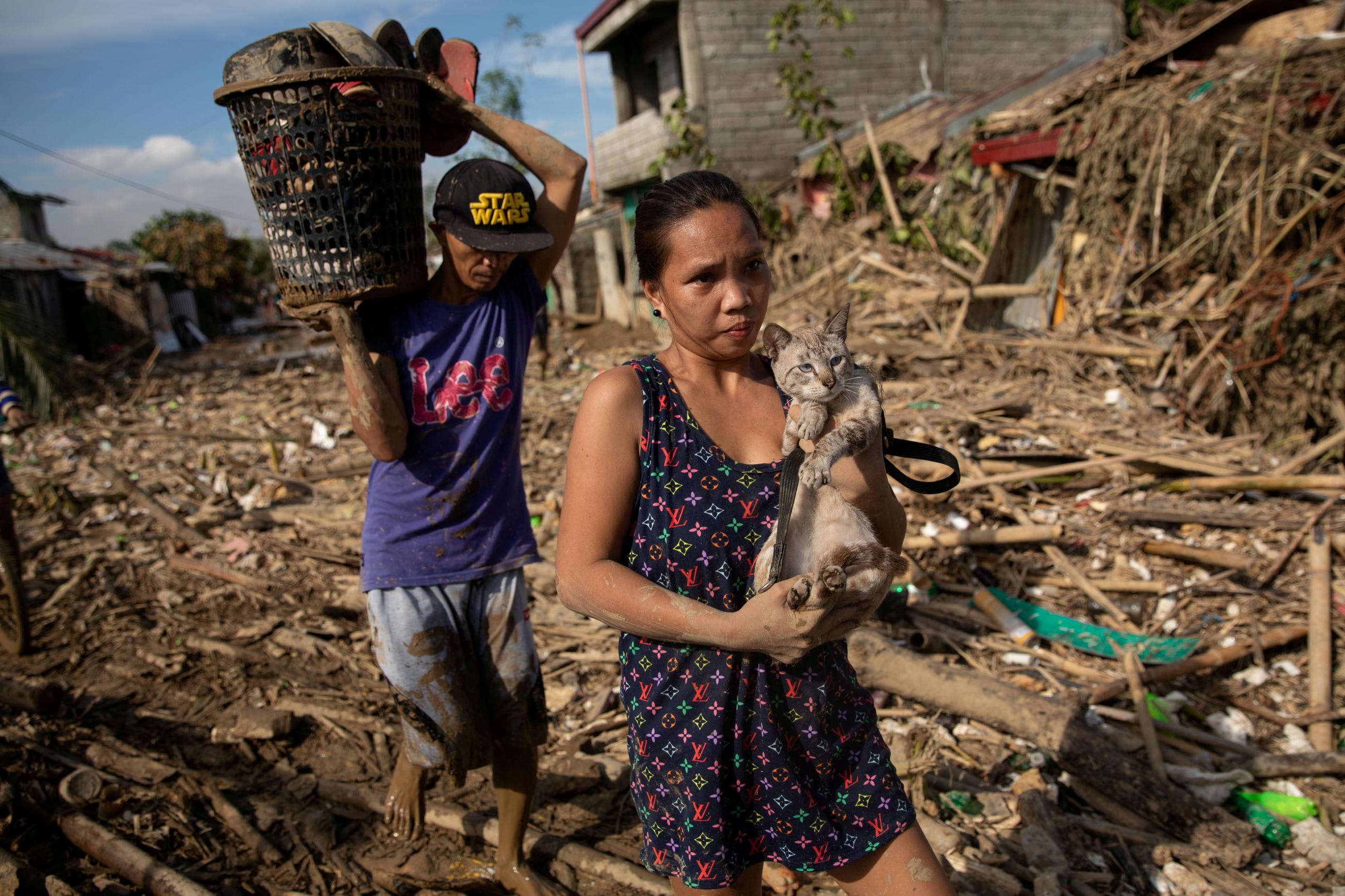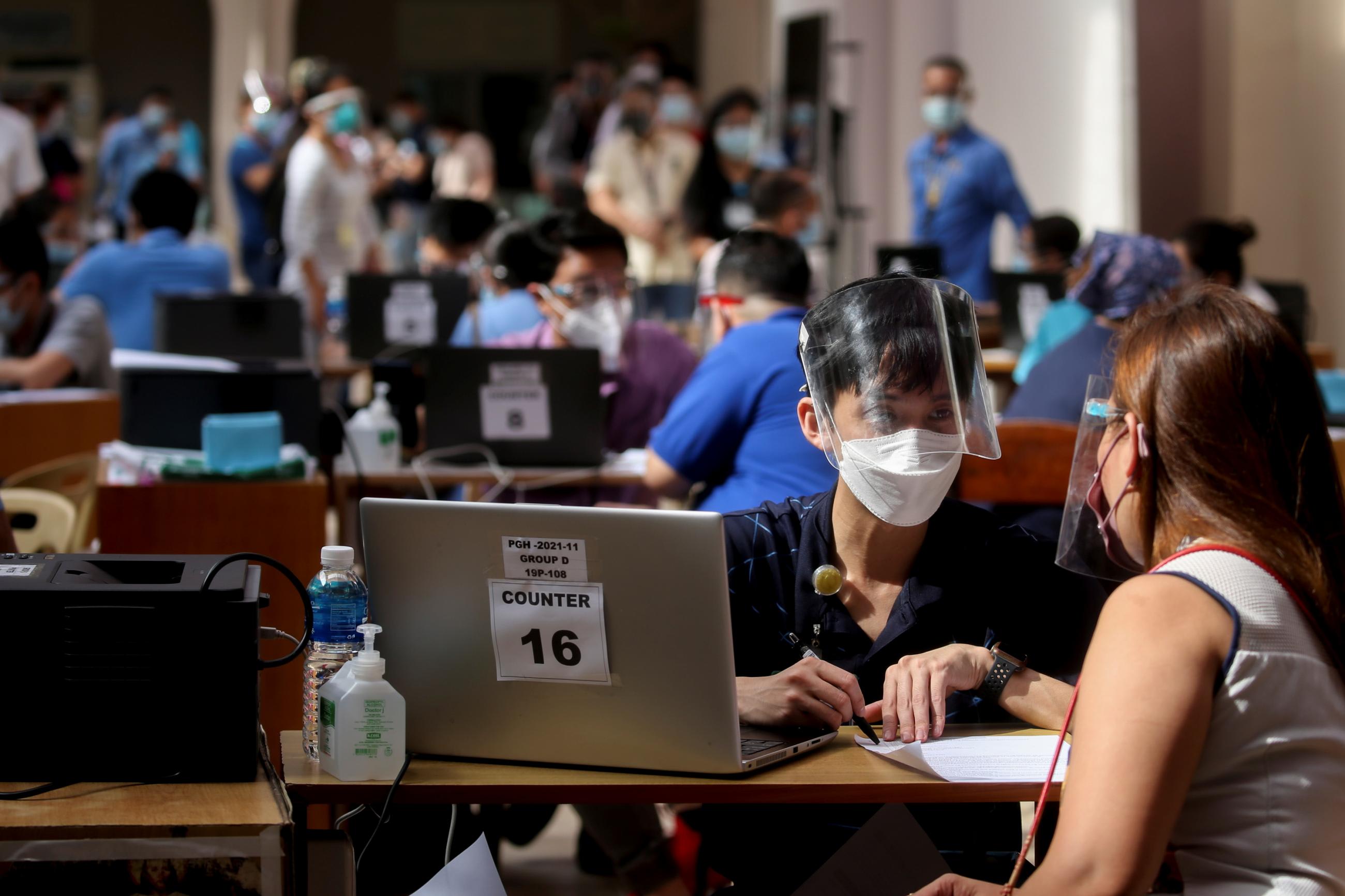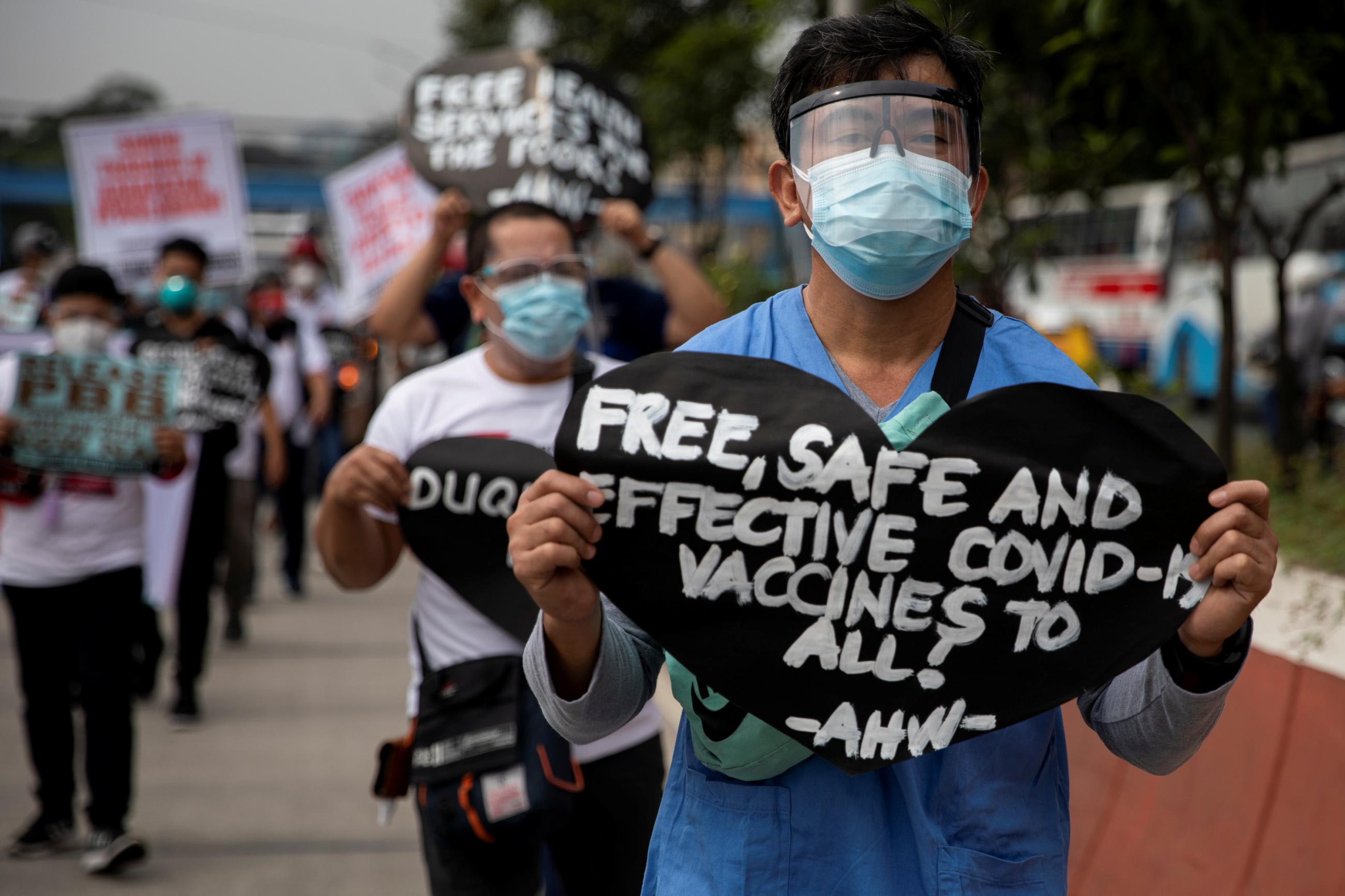COVID-19 has been a sobering experience for the Philippines. Its health system already strained by decades of underinvestment and frequent natural disasters, the country recorded over half a million cases and ten thousand deaths in the first year of the pandemic. But the impact could have been worse, and was cushioned by a responsive social health insurance (SHI) system.
How did this SHI system come into being? What role did it play in the response to COVID-19? And how will it contribute to the roll-out of the Philippines' COVID-19 vaccination plan?
The Filipino SHI Journey Was Quick by International Standards
The Philippines is a lower-middle-income country of 108 million people, and informal workers comprise 40 percent of the labor force. In 1995, legislators there passed the National Health Insurance Act, creating the Philippine Health Insurance Corporation (PhilHealth) to manage the National Health Insurance Program. In 2019, with the passage of the Universal Health Care Act, every Filipino was automatically enrolled in PhilHealth.
The country's relatively quick journey to universal health coverage is notable. SHI implementation generally takes many decades, even in countries with large formal sectors, which lowers the costs of administering them. In the Philippines, which completed the journey in less than 25 years, there were several critical factors.
Informal workers comprise 40 percent of the labor force in the Philippines
First, the government realized that for reasons of public health, ethics, economics, and legitimacy, it needed to expand healthcare to people in the informal sector. The Filipino society and economy are reliant on the informal sector, with approximately 15.1 million workers generating $290 billion each year, or 30 percent of the economy. The share of the economy in the informal sector is even higher in regions of the Philippines with higher rates of poverty and inequality.
Second, the government simultaneously implemented laws to transition informal workers to the formal sector. These include the Barangay Micro Business Enterprises Act of 2002 and the Go Negosyo Act of 2013, which encourage the creation, strengthening, and integration of micro, small and medium enterprises in the formal sector. This made it easier to administer a nationwide SHI.
Third, the government increased the participation of the informal sector in decision-making. For example, the Social Reform and Poverty Alleviation Act of 1998 ensures the participation of the informal sector in planning, decision-making, implementation, monitoring, and evaluation of the Security Reform Agenda at various levels of government. The Batas Kasambahay Act of 2012 recognizes domestic workers, who are often not treated as salaried employees, as equal to those in the formal sector and ensures the protection of their rights and welfare. All these factors contributed to the country's relatively quick journey towards SHI.

SHI Was Rapidly Expanded to Cover COVID-19
In 2020, the Philippines had to strategically deploy its scarce resources to quickly respond to the COVID-19 pandemic. The pandemic was exacerbated by typhoons Rolly and Vamco in November 2020, which left tens of millions homeless. Therefore, a supportive health financing response was necessary to scale up both population- and individual-based health-care services.
At the outset of the pandemic, PhilHealth responded by broadening the existing health financing and benefits packages. With passage of a new federal law, the Bayanihan to Heal as One Act, PhilHealth was instructed to provide coverage for testing and treatment of COVID-19 patients.
The PhilHealth COVID-19 benefits development process included data gathering, risk assessment, and budget impact analyses. Drawing on clinical practice guidelines developed by Philippine medical societies and health-care costs related to the diagnosis and management of COVID-19 cases, health-care providers determined the relative costs of COVID-19-related services, identified minimum standards of care, and developed contracting standards and monitoring indicators.
Up to 1.5 million Filipinos may plunge into poverty as a result of COVID-19
This process was led by PhilHealth's Benefits Development and Research Department (BDRD), which developed various COVID-19 benefit packages for testing, community isolation, and inpatient care. The COVID-19 benefits package follows the principles of a case-based payment mechanism: all inputs and activities within the entire episode of care—such as payment for staff and professional fees, medicines, diagnostics, and other operational costs—are covered.
Out-of-pocket payments, user fees, and co-payments at the point of care have been constant financial barriers to accessing health services. They can also push people into financial catastrophe. This is why PhilHealth embedded a "no co-payment" policy into its COVID-19 benefit packages. This policy prevents health-care providers from charging additional fees to patients, except for services and products not covered by the minimum package.
The Philippine Institute for Development Studies estimates that even in the best-case scenario and considering all government economic stimulus and welfare programs, up to 1.5 million Filipinos may plunge into poverty as a result of COVID-19. Catastrophic health expenditure are a major contributor, so financial protection is a crucial part of any pandemic response.

PhilHealth and COVID-19 Vaccines
The government of the Philippines plans to secure at least 148 million COVID-19 vaccine doses and fully vaccinate at least 70 million Filipinos in 2021. During the initial phases of the vaccine rollout plan, frontline health workers, senior citizens, indigent population, and uniformed personnel are being prioritized.
The Bayanihan to Heal as One Act provides the broad framework of the vaccine procurement process. The Philippine National Deployment and Vaccination Plan defines the four funding sources for vaccine procurement: of government funds (through the General Appropriations Act), multilateral financing (such as the Asian Development Bank or World Bank), bilateral financing (such as from China or the United Kingdom) and joint venture or private sector financing. The bulk of it is expected to be government funds, amounting to $1.7 billion. The PhilHealth ID will be used to identify eligible recipients, track doses, deploy the appropriate workforce, and manage adverse events.
The Philippines plans to fully vaccinate at least 70 million Filipinos in 2021
Congress has proposed the creation of a "vaccine indemnification fund," partially subsidized by the vaccine manufacturers. to pay for medical expenses in the rare cases where a vaccinated person suffers from an adverse reaction. This would put the Philippines as among the first countries worldwide to require vaccine manufacturers to take some liability for adverse events arising from vaccinations. Should the Congress fail to pass a proposed law to Health Secretary Francisco Duque III announced a back-up option: PhilHealth may provide financial cover for the medical expenses instead.
As events unfold, PhilHealth may begin developing a benefits package for those who experience adverse reactions to the COVID-19 vaccines. That will require working with clinicians and policymakers to define the threshold that will trigger the benefits package. The role of PhilHealth in financing the long-term purchase and delivery of vaccines may also evolve. If COVID-19 becomes endemic or if annual vaccinations become necessary, the role of PhilHealth in vaccinations will potentially grow.
Conclusion
The SHI system in the Philippines was built over a relatively short time period and has helped the population weather the worst of COVID-19. Although it has been rapidly expanded during the first year of the COVID-19 pandemic, subsequent years will further test the value of the PhilHealth benefits package. Vaccination coverage will be the next major challenge for the Philippines and PhilHealth. These short-term challenges must be overcome in parallel to PhilHealth's long-term objectives of delivering equitable and cost-effective universal health coverage for all Filipinos.













